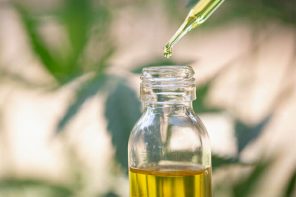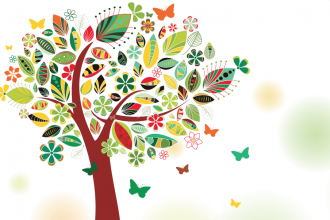Firstly, how old is an ‘old remedy’?
Some of the earliest records from 1500 BCE describe how Ancient Egyptians used garlic, juniper and myrrh for herbal medicine.
By the twelfth century the Physicians of Myddfai had a more modern approach focusing on good diet, a moderate lifestyle, and simple herbal remedies. But it was the arrival of the printing press that took herbs from the realm of priests, apothecaries and herbalists to the common ‘man’, with the help of Nicholas Culpeper in the sixteen hundreds. Culpeper translated Latin texts into English so that people could treat their own ailments. This was not a popular move as this lead to monetary losses for apothecaries.
From that time herbal ‘folk remedies’ were passed on from mother to daughter but that sort of knowledge was deemed witchcraft, and so no longer spoken of. As the years went by the ‘folk remedies’ were forgotten and very little information remains today.
I often hear of unusual remedies that grandmothers, mothers and aunts used in the 1920s and 1930s from people at my talks but unfortunately because they were given the remedies as children they don’t often know the exact ingredients. They can usually remember that it worked really well but tasted disgusting!
A remedy for toothache recommended by the Physicians of Myddfai was the herb shepherd’s purse pounded to a paste and applied directly to the tooth. This is certainly one that you could try at home if you’re confident in identifying this common ‘weed’.
They also recommend mustard seeds and figs boiled in strong ale and drank. There is certainly some evidence that this would be effective, although it’s not one that I’ve tried myself!
Their treatment for a headache however is slightly more unusual, they recommend putting a piece of raw beef on your neck every night before you go to bed. Not one that I’ll be trying any time soon!
Another herbalist, John Parkinson, who was actually the herbalist to King Charles I, published his herbal in 1640. Some of his recipes can be found in herbalist’s prescriptions today. Favourites of mine include daisy ointments for wounds and inflammation, and using blackthorn flowers as an anti inflammatory eye wash.
One of the best sources of traditional British folk remedies is Gabrielle Hatfield’s herbal. She spent many years researching remedies from all across Britain and her book contains many secret remedies long forgotten. From using red campion to treat worts, to using birch sap to remove freckles and spots.
It is worth remembering though that some remedies should be taken with a pinch of salt (some even literally). Some may well work but others might best be left in the middle ages.
Laura Carpenter – Medical Herbalist












